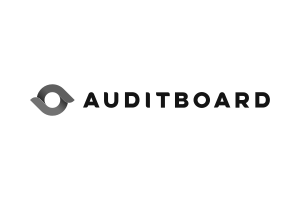The SaaS SEO Growth Agency
Powered by 190+ SaaS Experts
We accelerate
your
SaaS
Our Services
We’ve been in the SEO industry since before the birth of Google, specializing in a 360 search approach that is fueled by a combination of human expertise, data and machine learning. We’re not about talking about the results you can achieve, we’re about making them happen through the strategic use of content, SEO, large-scale outreach and link building. We walk the talk.
SEO Strategy
We produce ambitious SaaS SEO strategies, and have the skills, experience, and capacity to implement them quickly and to the highest standard. Our 360-degree organic search approach combines technical, onsite, and offsite SEO with content marketing and more, ensuring continual month-on-month PQL and MQL growth, while driving MRR for your SaaS business.
Learn MoreLink Building + Outreach
Ensuring your SaaS website ranks at the top in competitive search terms requires high-authority links, and getting the best links for our clients is what sets accelerate agency apart from the competition. No other agency can compete with us when it comes to securing links from top authority SaaS-related websites.
Learn MoreOnsite Content
We don't make content for the sake of it, we ensure that we're hitting the right audiences, with the right content, at the right time. Our methodology is simple: rooted in data, drive by purpose, delivering real results.
Learn MoreTechnical + Onsite
Getting the Technical & onsite SEO aspects of a website correct, from page speed to internal linking, is always our first task with any new client. Technical & onsite SEO on its own is never enough to get to the top of search results, but it is an essential part of any successful SEO strategy. We do the hard work to get your website in top working order, with the best user experience possible.
Learn MoreSuccess
Stories
SaaS companies we work with have experienced significant growth in no time at all, after partnering with us. Results include:
Client
Dialpad
Learn MoreClient
Process Bliss
Learn MoreClient
Databricks
Learn MoreClient
Brightpearl
Learn MoreWhat Our
Clients Say

“Working with the accelerate agency team, we’ve seen an increase in the SERPs, an impressive boost in organic traffic, boosted authority from genuine link building, and exceptional, agile customer service and support.”
Kate Priestman
Head of Marketing | Global App Testing

“What sets accelerate apart from other agencies, is not just the incomparable results they’ve delivered but how passionate they are about growing RingCentral as if it were their own business. We couldn’t ask for a better partnership.”
Sam O'Brien
Director of Growth | RingCentral
Some of
our Great
Clients









